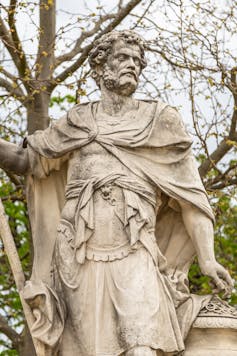 |
| The Mediterranean diet has been included on UNESCO’s Intangible Cultural Heritage list |
The promise of a long, healthy, happy existence living an active, community-based lifestyle under warm, sunny skies may be within reach. In fact, it could be on your table.
The Mediterranean diet has been included on UNESCO’s Intangible Cultural Heritage list since 2010. Not only does the diet have guaranteed cultural value, it is also a powerful strategic tool for promoting food products such as olive oil.
Often cited for its health benefits, the Mediterranean diet was first described in a 1953 book about Crete. At the time, people were amazed at the low incidence of cardiovascular disease among the inhabitants of this Greek island, compared with northern Europeans.
Among other things, this olive oil-based diet encourages the consumption of fresh foods, seasonal fruit and vegetables and whole grains. It embodies the essence of the Mediterranean lifestyle, according to the UNESCO definition:
The Mediterranean diet involves a set of skills, knowledge, rituals, symbols and traditions concerning crops, harvesting, fishing, animal husbandry, conservation, processing, cooking, and particularly the sharing and consumption of food. Eating together is the foundation of the cultural identity and continuity of communities throughout the Mediterranean Basin. It is a moment of social exchange and communication, an affirmation and renewal of family, group or community identity.

But beyond its impact on our health, what does the Mediterranean diet say about us as a society? Could it be the symptom of something?
As a postdoctoral researcher at UQAM’s École des sciences de la gestion, my research lies at the intersection of heritage and tourism studies, food and mental health.
In 2021, I carried out field research in Cilento (Italy), Soria (Spain) and Marseille (France), where I looked at the inhabitants’ attachment to the Mediterranean diet. I listened to their stories and tried to understand the local and social dynamics at play in the Mediterranean diet concept.
Mirroring a deep societal crisis
The concept of the Mediterranean diet refers to a lifestyle that strengthens social relationships and is good for your health. It sounds simple and coherent.
However, the society in which we live turns the work of meeting these basic needs into something more complex. The health and social dimensions of the Mediterranean diet are seen as extremely desirable because they represent a balance that is lacking in globalized societies.
Claude Fischler, a sociologist of human nutrition, describes the multidimensional crisis of the food system in modern societies.
In his view, there is a psychopathology of daily eating underway. This is characterized by “appetite disturbances, bulimic attacks, anxious or compulsive snacking, etc.” Just think of the consumption of ultra-processed foods or ready-made and frozen meals, eaten on their own in front of the TV in the evening or in front of the computer during lunch break.
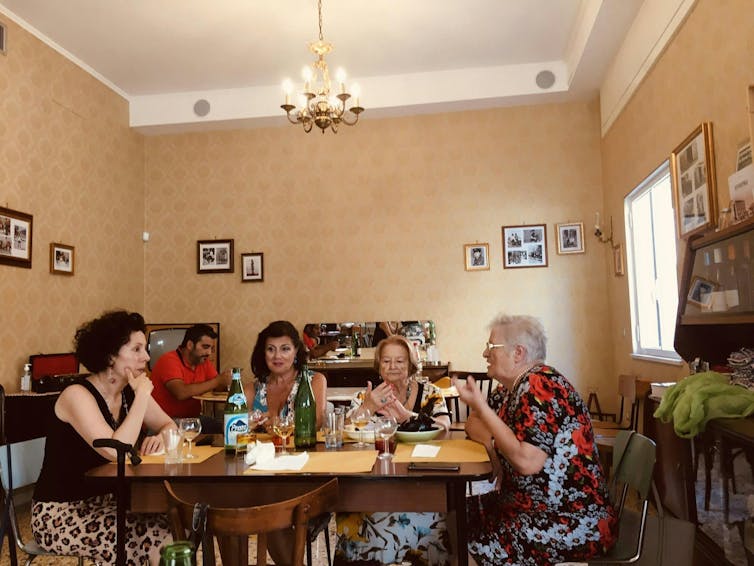
In this psychopathological perspective on food, which also mirrors a societal crisis, mechanisms for cultural (and in this case, food) reactivation are appearing. The rush to the Mediterranean diet is a reflection of this societal crisis, because it is the opposite of our way of life.
With its inclusion on the UNESCO list, the Mediterranean diet has thus become a prestigious “monument” of Mediterranean culinary art.
This food culture has been mythologized and made a part of our heritage after undergoing an irreversible process of erosion of food production and consumption systems in the Mediterranean area.
‘Gastronativism’: Politics on the plate
The food arena is one of the best places to express the anxieties and fears of contemporary life.
Fabio Parasecoli, a researcher in food studies, describes the anxieties caused by globalization as gastronativism, “the ideological use of food in politics to advance ideas about who belongs to a community (however defined) and who doesn’t.”
So gastronativism represents a political tool that provides “a sense of rootedness, comfort and security” in the face of perceived collapse (climate change, wars, pandemics, globalization).
The Mediterranean diet is part of this gastronativist approach, standing for a lifestyle that can be adopted.
Different meanings of the Mediterranean diet
We often hear about the Mediterranean diet from institutions and academics. What we don’t hear much about are the views of the communities that practise this way of life.
My field research in 2021 aimed to understand the different ways in which the Mediterranean diet is defined, described, understood and lived, depending on the community.

In Cilento, the Mediterranean diet is synonymous with “lifestyle.” It’s part of local identity and a reference to the wider socio-cultural sphere (“our lifestyle,” the locals say).
In Soria, it embodies a “nutritional model” and in the domain of health: the adjectives most commonly used to describe it are “healthy,” “beneficial,” and “health-conscious.”
In Marseille, the term “diet” conjures up images of fasting, deprivation and abstinence, while the term “Mediterranean” refers to organic, seasonal and healthy food. The reference here is more to the food industry.
A sociocultural seismograph
Whether understood as a nutritional model, a way of life or an example of intangible heritage, the Mediterranean diet represents a way out of a system (societal, food, economic, environmental) in crisis and in constant search of reference points.
Seismographs are instruments that record and measure earthquakes. Like a “sociocultural seismograph,” the Mediterranean diet enables us to capture the vibrations, i.e. the changes taking place in contemporary society with which cultural (and dietary) practices must contend.![]()
Marco Romagnoli, Postdoctoral research fellow, Université du Québec à Montréal (UQAM)


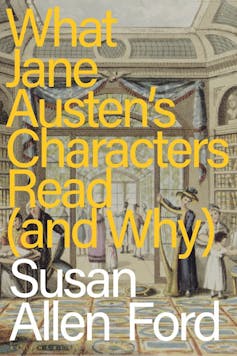

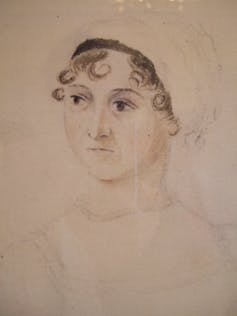

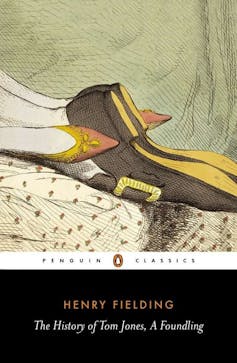

.jpg)
